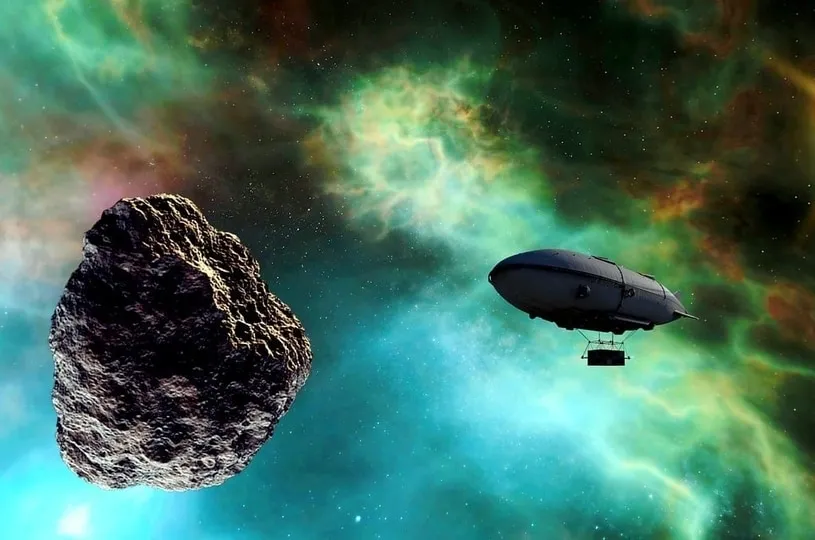A near-Earth asteroid is rushing towards Earth to get close! NASA’s speed is 57,876 km/h
To reduce uncertainty and counter the potential threat from near-Earth asteroids, space agencies such as NASA, the European Space Agency and others use advanced techniques such as ground-based and space-based telescopes to observe these NEOs. Although no asteroid is expected to hit Earth in the next hundred years, according to Dr. David Farnocchia of NASA’s Center for Near-Earth Object Studies (CNEOS), about 3,000 new, new objects are discovered each year, making for constant monitoring and prediction. the trajectory of these space rocks is crucial.
NASA has now revealed details of the asteroid expected to make its closest approach to Earth today.
Details of asteroid 2023 JZ4
According to data released by CNEOS, the asteroid named Asteroid 2023 JZ4 is fast approaching Earth and is expected to approach the nearest planet today, May 29. How fast is it? NASA revealed that these space rocks are currently heading towards Earth at a speed of 57,876 kilometers per hour. It is approaching 2.3 million kilometers.
This asteroid is concerned about its size. NASA estimates it to be about 100 feet wide, so it’s about the size of an airplane! It belongs to the Apollo group of near-Earth asteroids, which are space rocks that cross the Earth on semimajor axes that are larger than Earth’s axes. These asteroids are named after the giant Apollo asteroid of 1862, discovered by German astronomer Karl Reinmuth in the 1930s.
OSIRIS-REx spacecraft – asteroid hunter
Thanks to NASA technology, such as telescopes and other spacecraft, it has been found that an asteroid closely studied by the space agency, called Bennu, has a 1 in 2700 chance of hitting Earth between 2175 and 2195. In fact, the OSIRIS-REx spacecraft has been sent on a mission – a two-year study of Bennu – before taking a sample of asteroid material from its surface and returning it to Earth. In addition to collecting the sample, OSIRIS-REx will also study how the light absorbed by the Sun and re-emitted by Bennu affects its orbit—and in turn, how the orbit may become more dangerous to Earth.




